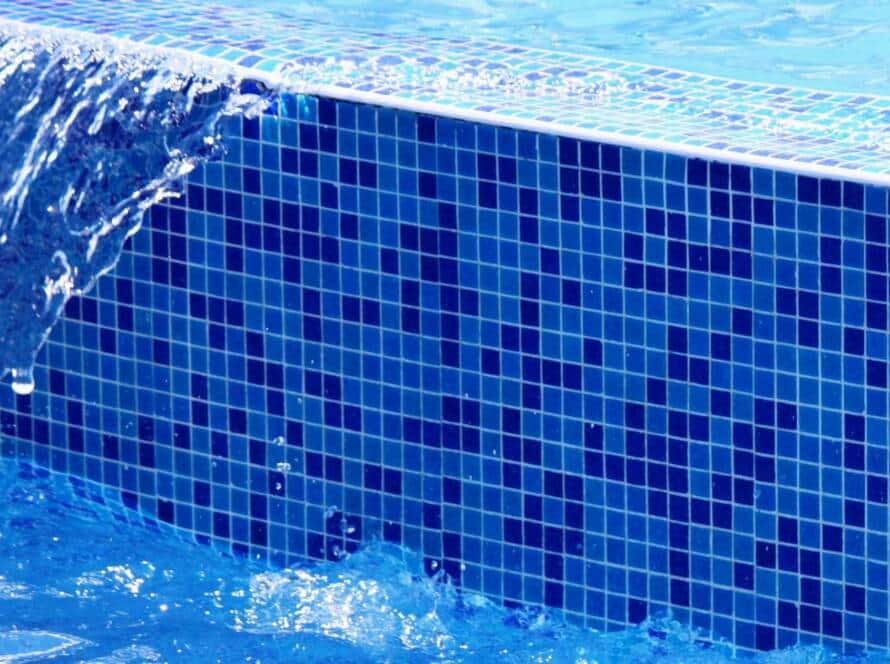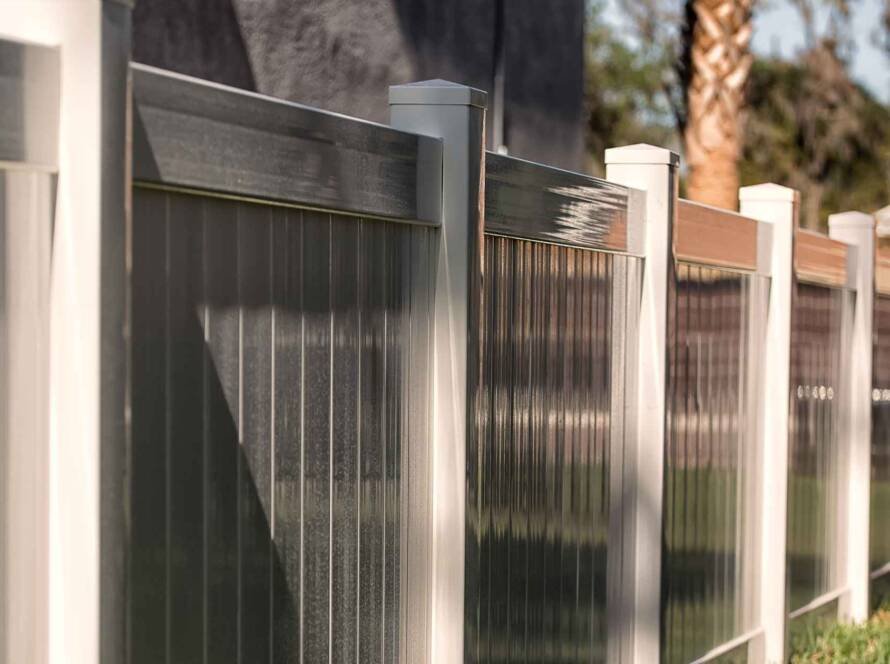Introduction: Identifying When Your Fence is Past Its Prime
Fences are essential structures for providing privacy, security, and curb appeal to your property. However, like any outdoor structure, fences endure wear and tear over time due to weather, pests, and general aging. But how can you tell when it’s time to replace or repair your fence? In Dallas, where the intense sun, humidity, and occasional storms put extra stress on outdoor structures, recognizing the signs of an old fence is crucial for saving on costly repairs in the long run.
This guide will help you understand:
- The signs that indicate your fence may be aging
- How to inspect different types of fences for age-related damage
- How to assess whether it’s better to repair or replace your fence
- Tips for maintaining your fence and extending its lifespan
If you’re in Dallas and need professional fence inspection or replacement services, America’s General Contracting is here to help. We offer expert advice on how to identify aging fences and provide high-quality fence replacement solutions.
1. Common Signs That Indicate Your Fence is Old
Over time, fences naturally begin to show signs of age. The following are common indicators that your fence may be reaching the end of its life.
Visible Wear and Tear
Look for:
- Cracks: These often appear in wood and vinyl fences due to moisture, temperature changes, or general aging.
- Discoloration: Fading paint or bleaching of the surface from sun exposure can indicate your fence is aging.
- Rust: Particularly common on metal fences, rust can weaken the structural integrity of your fence.
- Warping: Warping occurs mostly with wood fences due to exposure to the elements. It compromises the aesthetic and function of the fence.
Warped or Leaning Fence
A leaning fence usually signals that the posts or base have weakened or deteriorated. Leaning could be a result of shifting soil, poor installation, or damaged posts, often caused by age and weather conditions.
Faded or Discolored Surface
Especially in Dallas, where the sun is harsh, vinyl and wood fences are prone to discoloration over time. Constant exposure to the sun can bleach the surface and make the material brittle, reducing its strength.
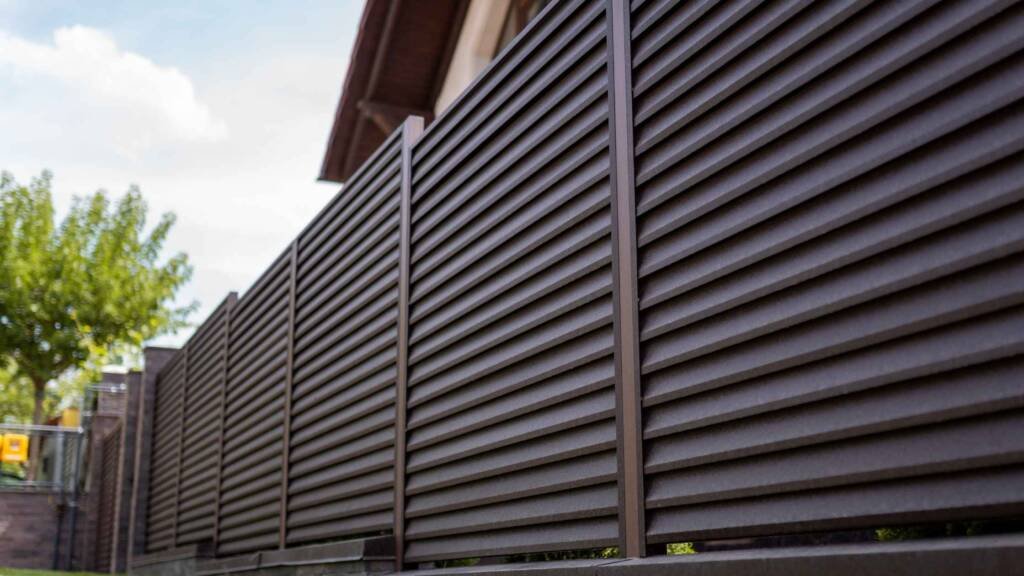
2. Inspecting Different Fence Types for Age-Related Damage
Different materials age differently. Let’s take a closer look at how to inspect the most common fence types for age-related damage:
Wood Fences
- Common Issues: Rot, termites, and warping. Check for soft or mushy areas, which indicate rot, or loose, splintering wood. Inspect for cracked or missing panels, which could mean the fence has been weakened.
- Signs of Wear: The fence may sag or lean, and the wood can start to lose its original color, indicating prolonged exposure to the elements.
Vinyl Fences
- Common Issues: Cracks, discoloration, and sagging. Over time, vinyl fences can develop small cracks due to UV exposure. These cracks will widen over time and cause the fence to sag. Check for any gaps between panels or signs of bending at the base.
- Signs of Wear: You may notice some panels bowing or gaps opening between the boards, especially in areas with extreme heat, like Dallas.
Metal Fences (Aluminum and Wrought Iron)
- Common Issues: Rust, corrosion, and flaking paint. Metal fences are generally durable but are still susceptible to rusting, particularly in humid or rainy conditions.
- Signs of Wear: Rust spots or flaky paint are the first signs that your fence is aging. Additionally, check for structural weakness or signs of bending that might compromise security.
Chain-Link Fences
- Common Issues: Rust and loose or damaged links. Chain-link fences, while cost-effective, are prone to rusting, especially near the bottom or where they touch the ground.
- Signs of Wear: Look for rust spots, loose links, and weakened tension wires that could compromise the strength of the fence.
3. Look for Functional Issues: Does Your Fence Still Do Its Job?
While visual damage is an obvious indicator of an aging fence, it’s equally important to assess whether your fence is still performing its primary functions.
Security Concerns
A fence that is unstable, leaning, or missing sections no longer provides effective security. It might not keep pets inside or intruders out, which could jeopardize your home’s safety. A weak, damaged fence is a clear indication that it’s time to replace it.
Privacy Loss
As fences age, gaps between panels or slats may form. In wood and vinyl fences, these gaps can compromise your privacy. A gap-ridden fence allows neighbors or passersby to see into your yard, which defeats the purpose of installing a privacy fence in the first place.
Structural Integrity
A fence that is falling apart or requires frequent repairs may no longer be able to withstand Dallas’s unpredictable weather. The strength of a fence is essential to its effectiveness. If a fence requires constant maintenance, it’s probably too old to continue fixing.
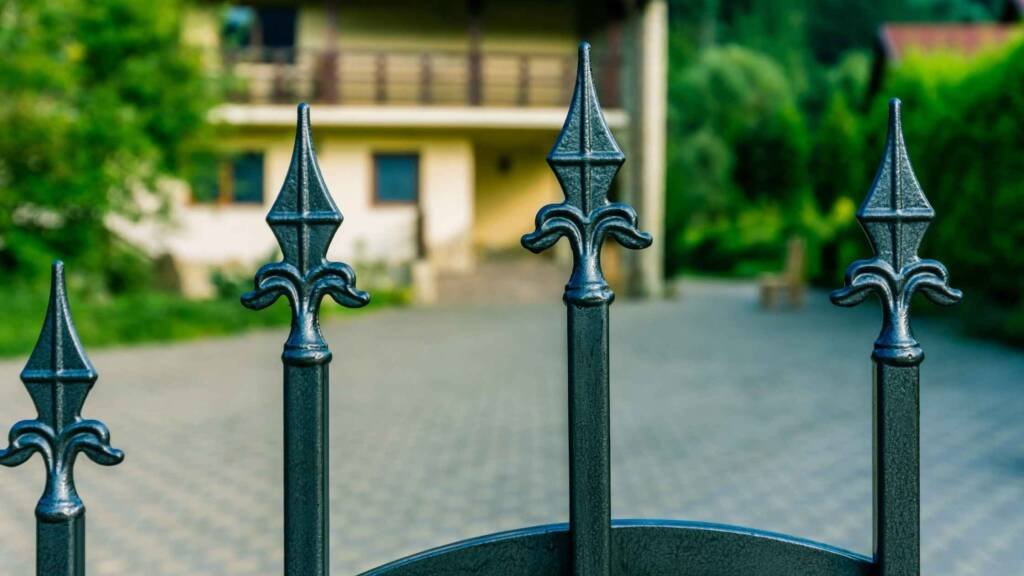
4. Evaluate the Cost of Repair vs. Replacement for Your Old Fence
When faced with an aging fence, the decision to repair or replace it can be difficult. Consider the following:
Repair Costs
Small repairs, like fixing a few damaged panels or posts, may be relatively inexpensive. However, if your fence requires frequent repairs, it might be more cost-effective in the long run to replace it entirely.
Cost of Replacement
Although the initial investment in a new fence might be higher, it will often last longer, improve the value of your property, and reduce the need for ongoing repairs. A new fence can also offer updated aesthetics, improved functionality, and increased security.
Consider Your Home’s Value
A worn, dilapidated fence can negatively affect your property’s curb appeal and overall value. Replacing your old fence with a high-quality, attractive one can boost the appeal of your home and make it more marketable.
5. Tips for Extending the Lifespan of Your Fence
To ensure that your fence lasts as long as possible, regular maintenance is essential.
Regular Maintenance
- Clean your fence regularly to prevent the build-up of dirt, mold, or mildew, especially if it’s wood.
- Apply sealant or paint as needed to protect the material from weather-related damage.
Protection from Weather
In Dallas, it’s important to shield your fence from extreme weather. Wood fences should be stained or painted to protect them from the sun and rain, while metal fences may benefit from additional protective coatings.
Prompt Repair of Small Issues
Don’t ignore small issues such as loose panels or minor cracks. Addressing these early can prevent more serious problems and costly repairs in the future.
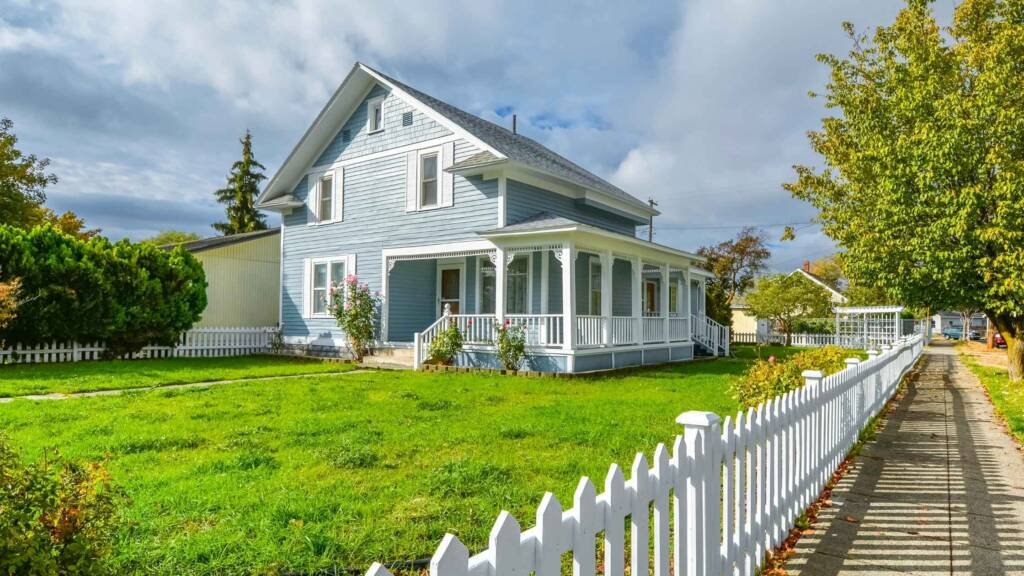
6. When to Call a Professional for Fence Inspection or Replacement
If you’re unsure about the condition of your fence, it’s always a good idea to get a professional opinion.
Signs You Need Professional Help
- Significant leaning
- Large gaps between panels
- Extensive rot or rust
- Structural damage
Benefits of a Professional Evaluation
A professional contractor can assess the condition of your fence and help determine whether it can be repaired or if it needs to be replaced. They will also provide a detailed estimate and ensure that the work meets local regulations.
Hiring the Right Contractor
It’s essential to hire a reliable contractor, especially in Dallas, where specific weather conditions and local regulations need to be considered during installation.
7. Conclusion: Is Your Fence Ready for Replacement?
If your fence is showing signs of age such as rust, rot, leaning, or functional issues, it may be time for a replacement. Even with regular maintenance, some fences are simply too old to be repaired effectively. Replacing an old fence not only restores privacy and security but also enhances the curb appeal and overall value of your home.
If you’re unsure whether it’s time to replace your fence, contact America’s General Contracting for an expert consultation. We’ll inspect your fence and provide an accurate quote for repairs or replacement.


